Design’s Role for a Socially Responsible Behavior in Public Places
Sharl Pear

Research Mentor: Ms. Anusha Dhawan
Research Co-ordinator: Ms. Lena R. Gupta
Glimpse of the framework being in use





Sharl Pear

Research Mentor: Ms. Anusha Dhawan
Research Co-ordinator: Ms. Lena R. Gupta
Glimpse of the framework being in use




The project was a 16-week Master of Design research enquiry into why social responsibility exists, how it results in conflicts, the connection between Design and Social Responsibility, and what might be missing in current universal frameworks for designing strategies.
The framework/tool hence developed helps in analysing the sensitivity of actors, in a particular public place, engaging in the acts of Spitting Chewing Tobacco, Littering and Urinating, in that particular public place.
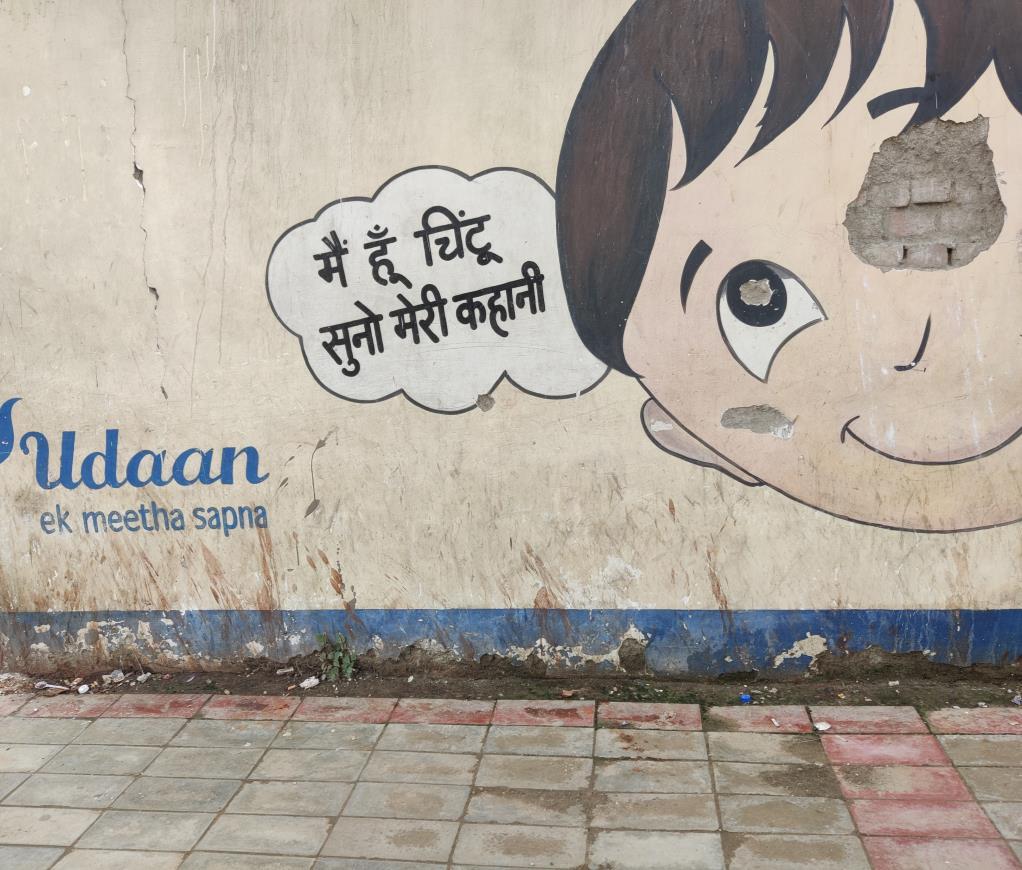

Page 6-9
Intro to SR*and Conflicts
Social Responsibility*
Page 10-13
Secondary and Primary Research
Page 14-20
The Urge Model
Page 21-26
The Final Framework
Page 27-30
Scope and Limitations
Social responsibility is an individual’s ethical obligation toward society as a whole for its smooth functioning in the long run. It involves actively engaging in behaviors' that contribute positively to the well-being of others and the environment.
Jensen, Derrick 2006, p. 696
Simplified version of a society as per sociological terminologies.
Public Place
Public Order Private Places
Written Rules/Laws
Unwritten Rules (NORMS) Folkways (Tolerated Actions)
• Constant Criticising of the actors in focus by the media issued in public interest.
• Governments continuously try to implement fines for these activities.
• Public health studies suggest that places perceived as pleasant by all senses are ideal for public health.
• While cleanup studies done in Philadelphia have shown scientific evidence of improved mental health among participants living around the cleaned and greened previously trashed vacant lots.

Littering as a Result of Personal and Contextual Factors
Out of 10,000 subjects shadowed across 10 states of the USA at public locations.
The results showed that 81% of the littering happened with intent while 15% happen due to contextual factors.
Contexual Factors Personal Qualities
• Examples of how design can influence behaviour for social implication.
• Individual and Collective Concerns.
• Framework of classified influence on the basis of intended user experience

Nynke Tromp, Paul Hekkert, Peter-Paul Verbeek; Design for Socially Responsible Behavior: A Classification of Influence Based on Intended User Experience. Design Issues 2011; 27 (3): 3–19. doi: https://doi.org/10.1162/DESI_a_00087
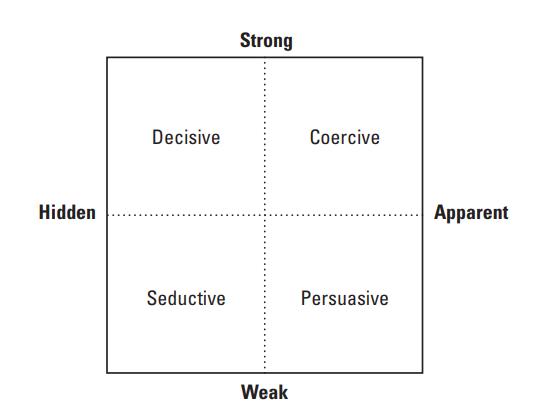
1. Lack of Indian context-specific studies in this domain.
2. The framework are from a universal point of view.
3. Mix of Shadowing, Questionnaires and Interviews missing in methodology.
Interviews/Conversations
Shadowing
No. of people involved:
Spitting: 7
Litter: 2
Qualitative Questionnaires
No. of people involved:
Spitting: 11
No. of people involved:
Spitting: 3
Litter: 28
Urinate: 24

Through primary on the ground research external factors acting as safe places for people to spit, litter or urinate in public places were found in the Delhi NCR region. These specific factors/triggers seen here were the ones particularly found for spitting chewing tobacco.
• Urge: a strong wish, to persuade.
• Analysis gave the relationship between inherent urge, external factors/triggers and the action performed in our context.
• Inherent urge is the internally driven reason for engaging in SLU. Natural Urge. Takes into consideration habits/education/awareness.
• And from a society’s point of view including things like normalcy and tolerance to an activity. It seems like the inherent urge, external factors and action could have a relationship as below.

External Factors/Triggers
• The note here is that urge could be seen from a society’s perspective (based on tolerance and generally accepted facts) and from an actor’s perspective (this depends on the actual urge that the actor feels before performing the activity).
• Since, my work had a lot to do with empathy and understanding the actors in these situations, the actor’s perspective was given preference.
From Society’s Perspective.



Spitting Urinating Littering
Urge from an Actor’s Perspective.
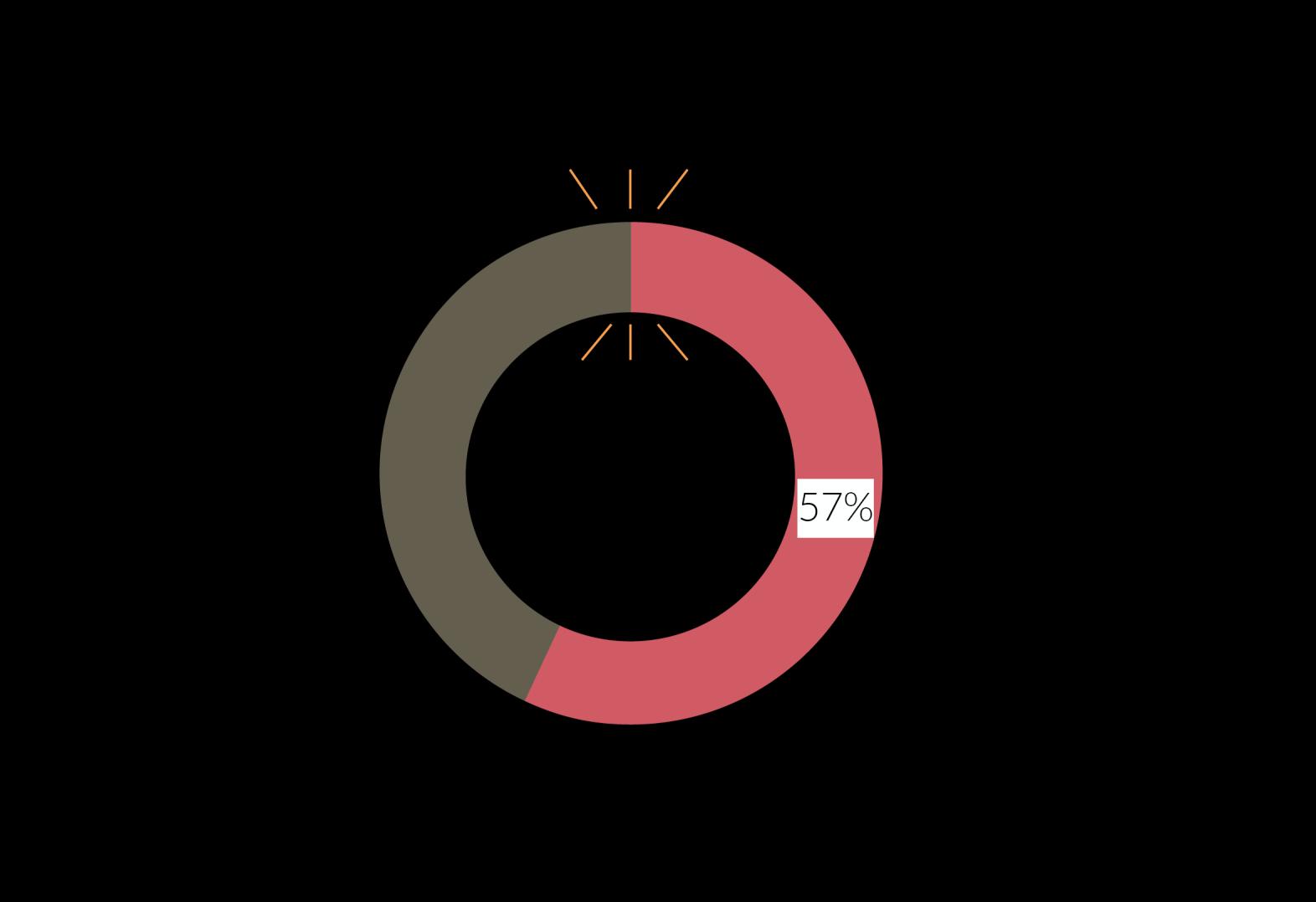


• Questionnaire and Interviews clearly asked if people do it or not? And if they feel bad about it.
Actor’s Urge =
People who do it and feel bad about it + People who do it and do not feel bad about it because of no facilities + Who do it in a designated facility in public places
Total number of valid responses (responses that had answers to both the questions)

Spitting Chewing Tobacco

Urinating

Littering
• Questionnaire and Interviews clearly asked if people do it or not? And if they feel bad about it.
Total of all factors including inherent urge Urge as a contributor among external factors =
• Actions Axis: as the name suggests, it places the actions performed by an individual on scale of low to high from IC to CC.
• Thoughts Axis: Apart from the actions, thought axis places the public perception of a particular action on the thought axis.
• IC: An individual’s concerns in life.
• CC: Generally accepted good for the society, e.g. safe public places, a healthy birth rate)
• Collective Concerns (cc) Generic: These are the norms generally accepted in a context.
• Collective Concerns (cc) Non-Generic: These ideas still generically might be in conflict with the public but a critical evaluation would suggest that these actions are too done while thinking about collective good for the society.

• Towards CC on action axis would mean that a person does not involve in any act in conflict with the society.
• Towards IC would mean that the personal concerns of an individual are greater than any other concerns.
• Towards CC Generic would mean any idea in conflict with the society is wrong regardless of anything.
• Towards CC Non-Generic would mean ideas that might be in conflict with the society but still are trying to respect the collective concerns as much as possible given the context.

Urge and Concern Models Combined

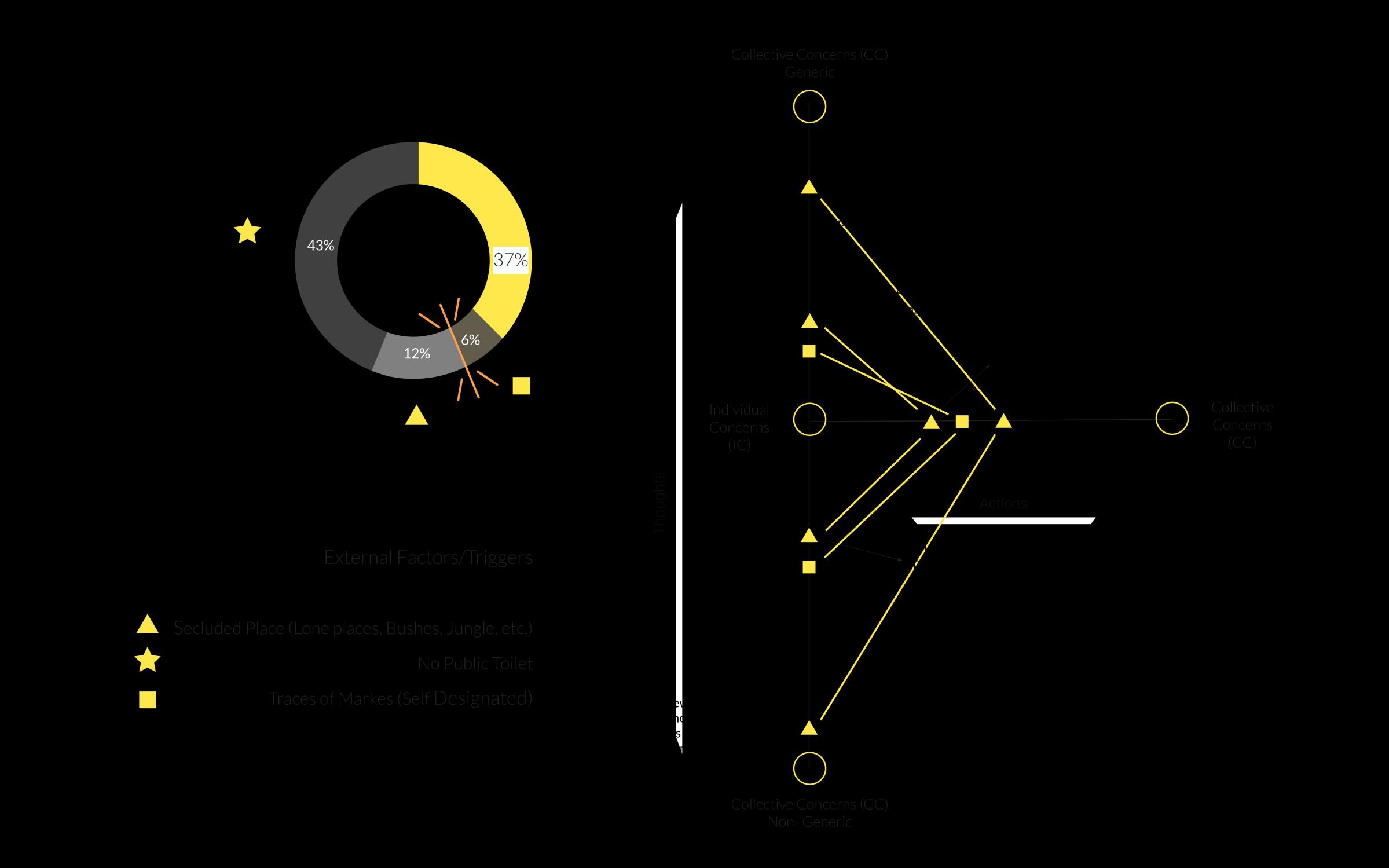
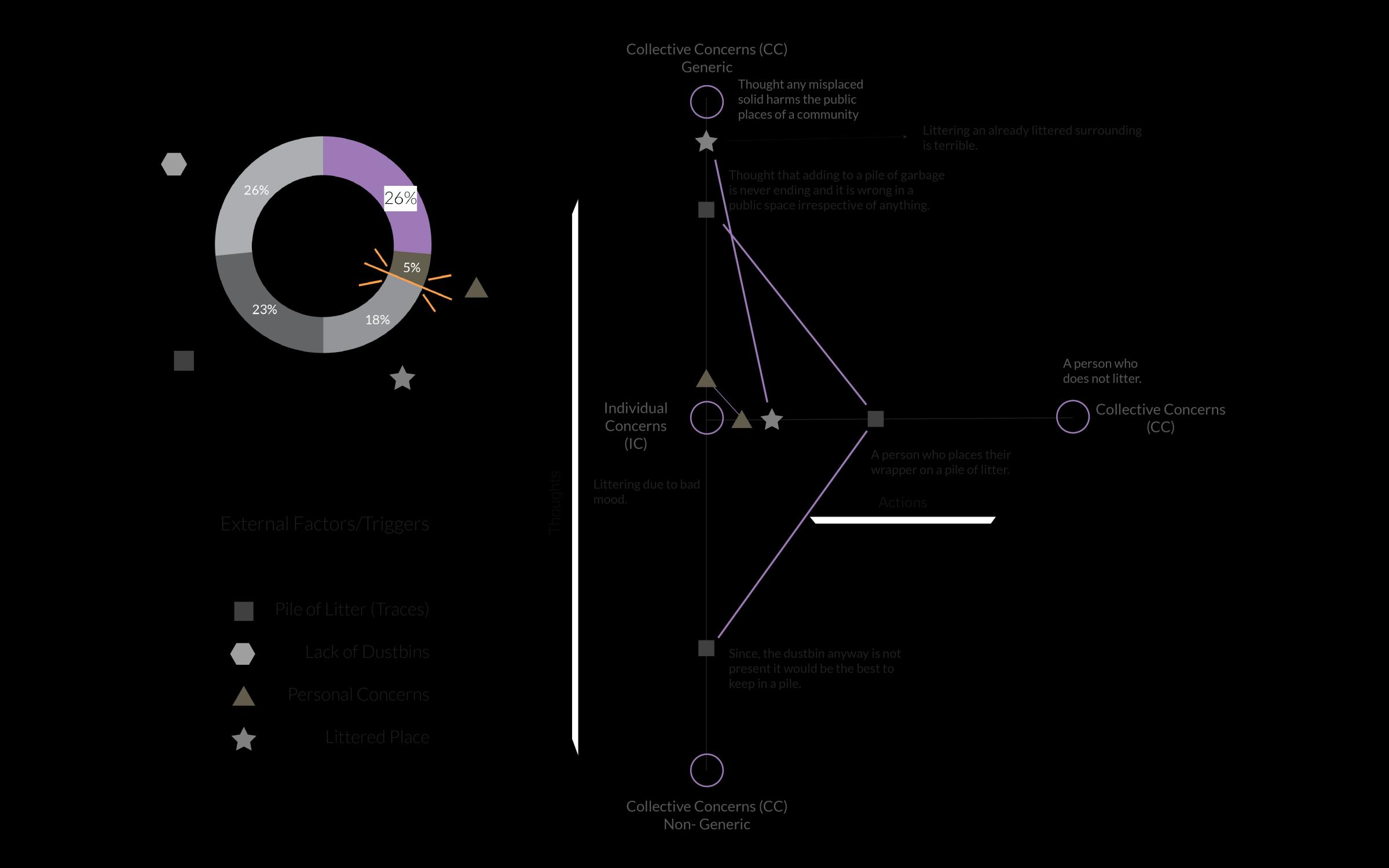
• The framework helps in understanding the sensitivity of an audience while opening doors for micro/local level design interventions.
• Urge meter is one of the first extremely simple tools which tries to empathize with such actors otherwise considered to be a nuisance.
• The framework itself can get subjective at times and an objective worldview is constantly needed to place actions and thoughts on the framework. Whether it is based on quantitative data or theories/beliefs.
• How an item is placed on the framework depends on the norms of a particular context. (e.g. In a rural area it may be completely normal to spit in public places.)
• The framework at this stage could not include all factors affecting a decision. E.g. monitored places and consideration for others as an influencer/subduer were interesting but could not be a part of any of the models.
• The audience for Spitting Chewing Tobacco and the audience for Urinating and Littering gathered via primary research are vastly different.
• Demographics and data correlations were not focused on. Even with the small data set, connections could be seen. E.g. Tailors being constantly seen chewing spitting tobacco
• The model is underdeveloped and there are possibilities of expanding in various directions. More axes could be added to insert other factors adding more insights to an action.
• The data presented is not be standardised enough since the purpose here is to present the functionality and not to draw conclusions about the context.
• The model is yet to be tested with large set of data for a locality in order to draw conclusions.
• This paper tried to understand a few activities in conflict within society.
• Learned how conflicts are caused and how preventing them becomes the responsibility of an individual.
• It narrowed to three acts Spitting Chewing Tobacco, Littering and Urinating which are common in India and gathered insights through primary and secondary research.
• It also thoroughly understood an existing design theory and framework by Nynke Tromp, Paul Hekkert, Peter-Paul Verbeek, which was a very important part of the research.
• As a result of the data collected and existing design theories a framework/model was attempted to classify, analyse and evaluate a specific context where spitting, littering and urinating were prevalent.

• Though these three activities were taken into consideration, I believe the tool with some more work and standardization can work in any acts considered as conflicting in a context.
• The tool supports the stand that India needs to craft its own interventions by analysing the complex situation/context that we have in hand. Imposing any Western strategies as it is in our context might not be the best option available to us anymore. Especially, when now we have enough pool of talent to work towards it.
The end, thank you
Obviously, many of these data are of doubtful worth, and my interpretationsespecially of some of them- may certainly be questionable, but I assume that a loose speculative approach to fundamental area of conduct is better than a rigorous blindness to it.
-Erving Goffman
(Canadian-American Sociologist) (1922-82)
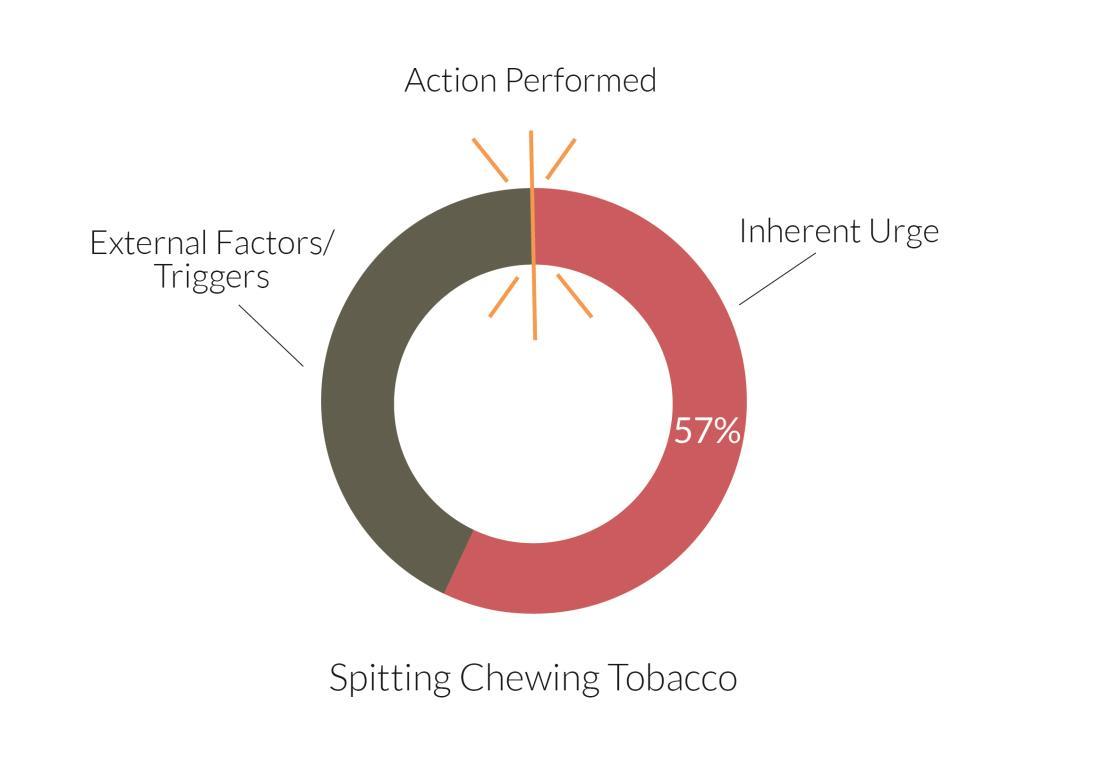
Full Research Paper: https://bit.ly/Dissertation_Sharl